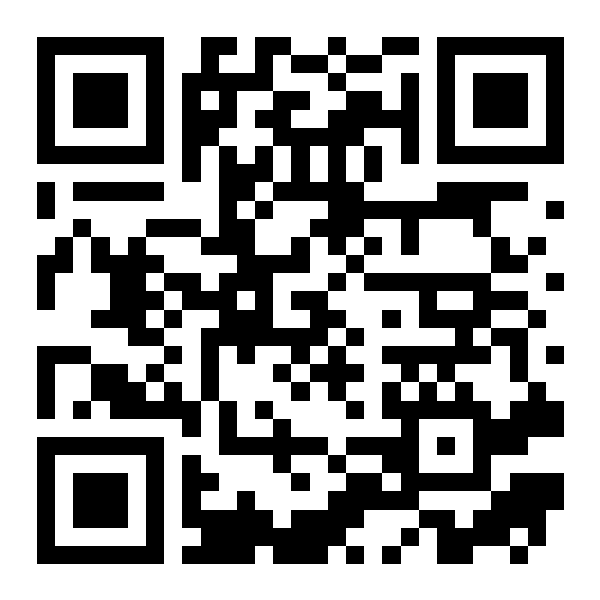In the Federal Reserve's first dual dissent in 32 years, what signals have been released?
Original Title: "What Can Two Dissenters Do? The Fed Keeps Rates Unchanged"
Source: FXStreet
At 02:00 on Thursday Beijing time, the Fed maintained interest rates for the fifth time, keeping the target range at 4.25%-4.50%, in line with market expectations. The Fed's decision was made against the backdrop of strong political pressure from the White House on Chairman Powell, demanding a rate cut.
The Fed kept its benchmark policy rate in the 4.25%-4.50% range, while weighing how importers, retailers, and consumers would share the costs of higher tariffs. The outcome of the fierce debate over who will bear the burden of tariffs may determine the direction of inflation and employment later this year and could potentially decide whether and when the central bank will resume rate cuts in the coming months.
The Fed made almost no changes in its policy statement, showing that it currently has no intention of signaling an imminent rate cut.
The decision to keep rates unchanged faced rare dissents from two officials, Fed Board Governors Waller and Bowman, who called for an immediate 25 basis point rate cut. This is the first time since 2020 that more than one Fed official has voted against Powell's decision at a meeting, and the first time since 1993 that two board members have held differing views.
Fed Governor Waller had expressed support for a rate cut two weeks ago, aligning with a potential nomination to succeed Powell as Fed Chair next spring. Earlier this month, he expressed concerns that maintaining excessively high rates was too high for an economy lacking inflationary momentum—a view supported by some economists and former Fed officials.
Fed Governor Bowman had always been a staunch representative of a hawkish stance, opposing the first rate cut that began in September last year, making her turnaround this time particularly notable.
Powell and his colleagues are studying how tariffs are reflected in inflation data, with widespread market concerns that rising commodity prices could result in inflation remaining above the Fed's 2% target for the fifth consecutive year. Although inflation has significantly retreated from its peak in 2021 to 2023 and has not seen the recession that many economists predicted, Fed officials remain highly vigilant against premature rate cuts reigniting price pressures.
Many businesses have been stockpiling inventory before the tariffs take effect, reluctant to raise prices for fear of alienating consumers struggling with inflation. However, some economists warn that as low-margin businesses deplete pre-tariff inventories and face higher costs, they may be increasingly inclined to pass on these costs to consumers.
Former Fed Vice Chairman and Trump-appointed Richard Clarida said:
Powell has a lot on his plate at the moment, but one thing he did say, and his critics haven't fully appreciated, is that tariffs have indeed shown up in parts of the price indexes. Inflation has not run amok because services prices have remained steady.
Earlier economic data released on Wednesday sent mixed signals, explaining the Fed's cautious approach. While GDP growth in the second quarter reached 3.0%, exceeding expectations, measures of private business and consumer demand slowed from 1.9% in the previous quarter to 1.2%, well below the 2.9% at the end of last year.
Economists attribute this slowdown to a deceleration in labor growth and the impact of tariffs. Other recent data suggests that consumer spending may have stabilized before import costs are reflected in retail prices.
However, the Trump administration believes that in the long run, tariffs will make America wealthier by boosting high-wage manufacturing employment.
In understanding the economic policies of the Trump administration, the Fed finds itself in a "two steps forward, one step back" cycle. The tariff levels set in recent trade agreements with Japan and the EU are 15%, lower than Trump's threatening rhetoric in April but higher than market expectations earlier this year. The unpredictability of Trump also leaves open the possibility of further tariffs in the future, with the risk of legal challenges overturning these tariffs.
On the fiscal side, Trump signed a significant tax cut bill this month. Some Republican lawmakers are discussing consumer rebates, which could provide new stimulus to an economy that the Fed sees as close to full employment. If the labor market remains stable as a result, Fed officials may regret cutting rates too early.
Investors currently anticipate a two-thirds probability of a rate cut by the Fed at the September meeting, but this depends on whether the impact of tariffs on inflation remains contained and if there are further signs of weakness in the labor market.
In the coming months, internal Fed divisions may focus on whether the speed of economic damage caused by tariffs will outpace their inflationary effects, and whether acting prematurely before the situation clears up could lead to policy mistakes.
One school of thought argues that the current rate level is above the range needed for the actual economic conditions, and with insufficient inflationary pressures, if job growth stalls, the Fed will validate criticisms of being "behind the curve."
However, another camp is concerned that cutting rates amidst the summer's heightened price pressures from tariffs, or providing an unexpected economic boost from fiscal stimulus and active financial markets, might lead to overheating if rates are cut too soon.
If the data had shown a clear direction before September, the decision might have been relatively easy: if inflation was stubborn and economic growth was strong, the Fed could have postponed a rate cut; if the economy had clearly weakened, there would have been reasons to lower rates. However, if the current state of ambiguity persists, Powell will have to face a more difficult decision.
Richard Clarida, former Powell deputy and Trump-appointed Vice Chair, stated:
If the data continue to evolve as they have been, it's going to get very tricky—neither strong enough to make a rate cut a slam dunk, nor weak enough to declare victory. Therefore, it's more likely than some imagine that Powell could simply sit tight and keep rates steady at all six policy meetings left in his term.
Welcome to join the official BlockBeats community:
Telegram Subscription Group: https://t.me/theblockbeats
Telegram Discussion Group: https://t.me/BlockBeats_App
Official Twitter Account: https://twitter.com/BlockBeatsAsia
 Forum
Forum OPRR
OPRR Finance
Finance
 Specials
Specials
 On-chain Eco
On-chain Eco
 Entry
Entry
 Podcasts
Podcasts
 Activities
Activities








